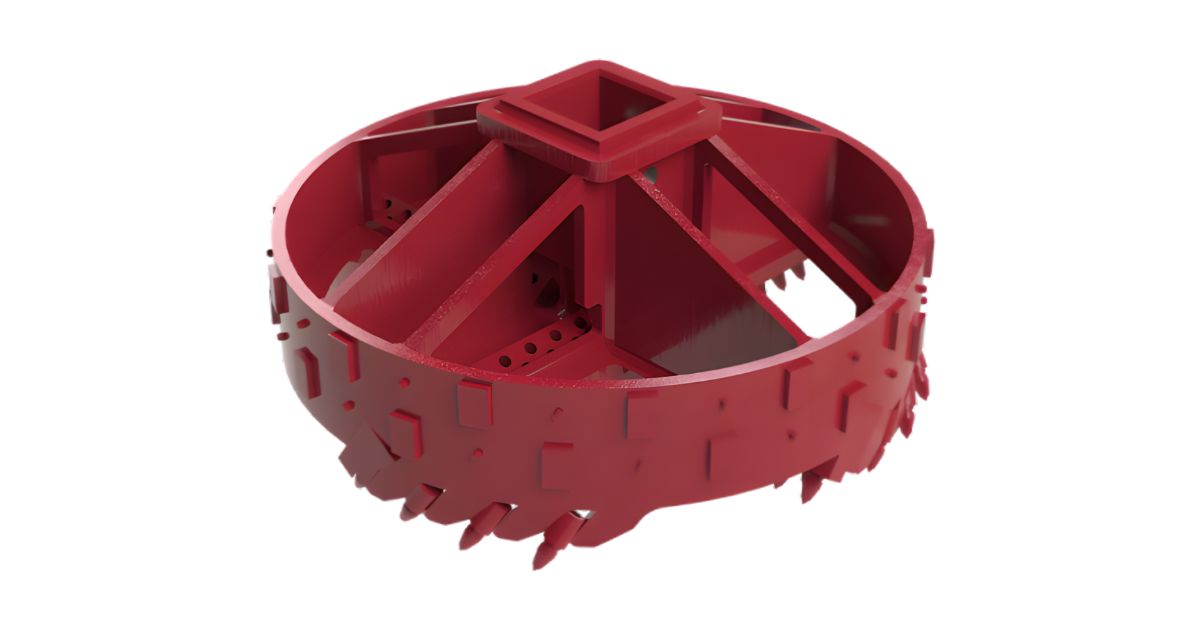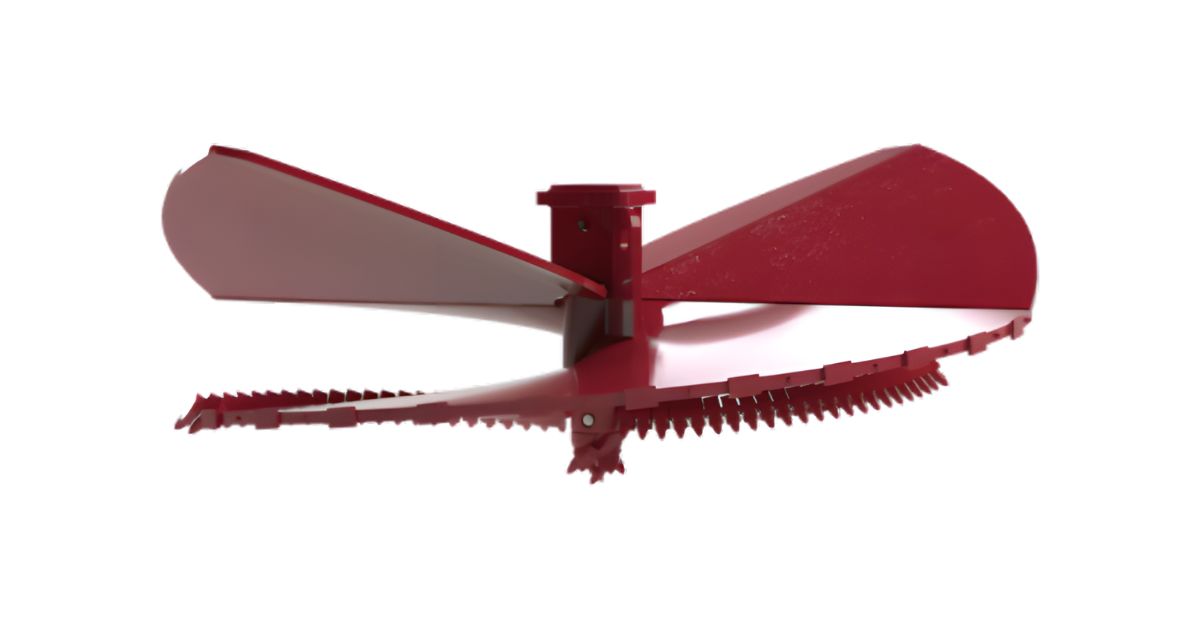An Exhaustive Guide to Borehole Drilling Methods

Borehole drilling is a critical component of many industries, including geotechnical engineering, construction, resource mining, and environmental studies. Each drilling project faces unique challenges, and the right method depends heavily on the site and environmental conditions. Understanding the processes and their applications ensures the efficiency, safety, and success of drilling projects, regardless of industry. Here, you’ll find an exhaustive guide to borehole drilling methods, complete with their benefits, drawbacks, and practical uses.
What Is Borehole Drilling?
Borehole drilling is a specialized process that involves creating a cylindrical hole, either vertical or angled, deep into the ground. This method serves a variety of purposes, such as accessing underground resources like water, oil, or natural gas and conducting essential studies of geological formations.
The right drilling method depends heavily on the intended purpose of the borehole, the state of the geological environment, and the availability of equipment. Whether seeking resources or studying the earth’s composition, this intricate process plays a pivotal role in supporting economic growth and advancing scientific research.

Benefits and Uses of Borehole Drilling
Borehole drilling is used across many different industries to advance scientific research, promote sustainability, and drive economic growth. Learn the essential benefits and applications of borehole drilling, and discover how this method influences multiple industries.
Water Supply
Boreholes can create water wells that provide a dependable source of fresh, clean groundwater to communities, agricultural lands, and even industrial sites. Groundwater is less exposed to contaminants than surface water, making it an excellent resource for drinking water and food production.
Irrigation
Farmers require a large water supply to sustain crops and livestock. Borehole drilling can automate irrigation by providing access to shallow or deep aquifers. These aquifers offer a cost-effective and reliable water supply that can enhance agricultural efficiency and improve crop yields. Borehole drilling is crucial for areas prone to drought or inconsistent rainfall because it protects plants and crops from the dry environment.
Soil and Rock Testing
Boreholes allow geotechnical engineers to access subsurface layers to collect samples and analyze soil composition, moisture levels, and bearing capacity. These analyses are essential to designing stable foundations and ensuring that buildings, bridges, and other critical infrastructure can safely withstand environmental and load stresses. By addressing these issues during the early stages of construction, engineers minimize risks, adhere to safety standards, and optimize designs for long-term durability.
Monitoring Groundwater
Environmental consultants often use boreholes for long-term groundwater monitoring. Oftentimes, ecological scientists use boreholes to track pollution levels, study aquifer conditions, and even assess the environmental impact of structures on nearby ecosystems. By monitoring groundwater, professionals can ensure that public water resources remain clean and that structures are not harming the environment.
Resource Mining
Before mining companies begin a resource exploration, they typically rely on boreholes to extract samples from beneath the surface. Borehole drilling methods like core drilling provide a detailed understanding of the material composition. This data helps mining companies identify areas with high-resource potential so they can pinpoint profitable mining locations.

Types of Borehole Drilling
The drilling method influences the effectiveness and efficiency of borehole creation. There are several factors to consider before choosing a method. Key considerations include the type of soil or rock at the site, the required drilling depth, and the intended purpose of the borehole. Each of these factors determines the optimal technique to secure the desired outcome.
Cable Tool Drilling
Cable tool drilling is one of the oldest methods of borehole drilling. This method uses a heavy, chisel-like bit suspended from a cable. The cable is repeatedly lifted and dropped while the tool grinds and breaks apart rock formations. Cable tool drilling is best suited for unconsolidated or soft soil that is not firmly packed.
Cable tool drilling is highly effective for groundwater extraction, making it an optimal choice for testing water samples and irrigation. While cable tool drilling operates at a slower pace than more modern techniques, professionals still rely on it for smaller-scale projects due to its reliability and practicality in certain conditions.
Bucket Auger Drilling
Bucket auger drilling stands out as the most economical option for borehole drilling. This method uses a helical screw to penetrate the ground and transport soil and loose materials to the surface.
Engineers typically use bucket auger drilling for larger operations and sites with unconsolidated soil, allowing for boreholes ranging in diameter from 24 to 48 inches. However, this method proves unsuitable for rocky conditions due to its limitations in handling hard materials.
Are you looking for a top-quality drilling bucket auger? Explore our wide selection of foundation drilling tools at Jeffrey Machine, Inc., and find the perfect solution for your project needs.
Different Drilling Methods for Different Environments
Today, borehole drilling remains crucial to industries ranging from geotechnical engineering to environmental science and construction. The borehole drilling methods we covered in this guide are keys to achieving efficient and effective results.
Are you preparing for your next drilling project? Connect with our experienced team at Jeffrey Machine, Inc., and explore our extensive range of tools. Designed for durability and precision, our products will equip you to succeed, no matter the industry or scope of your project.
